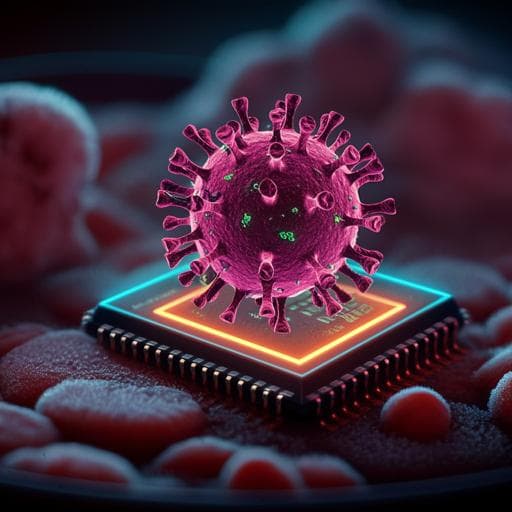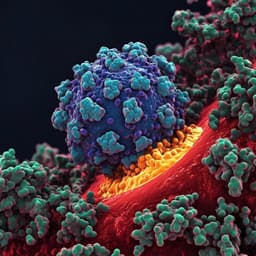
Food Science and Technology
Real-time, selective, and low-cost detection of trace level SARS-CoV-2 spike-protein for cold-chain food quarantine
J. Zhang, X. Fang, et al.
Discover a groundbreaking method for real-time detection of trace-level SARS-CoV-2 spike protein in cold-chain foods, developed by an expert team of researchers. With a limit of detection as low as 2.29 × 10⁻¹⁰ ng/mL in just 20 seconds, this innovative approach promises efficient and cost-effective screening solutions for food safety.
~3 min • Beginner • English
Related Publications
Explore these studies to deepen your understanding of the subject.







